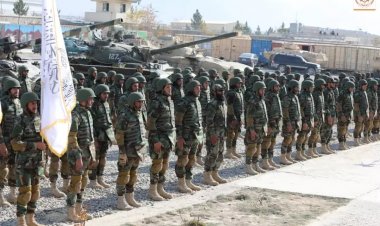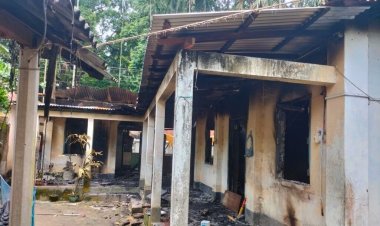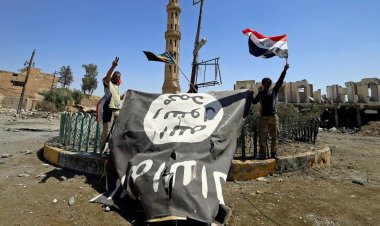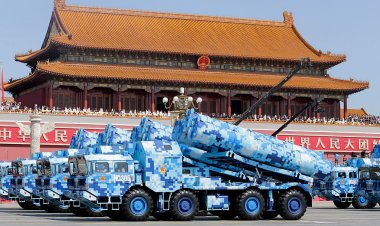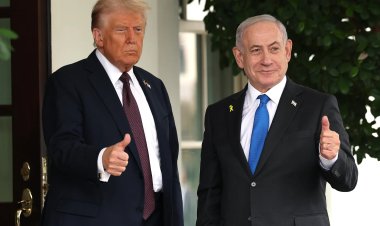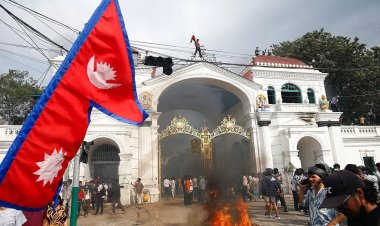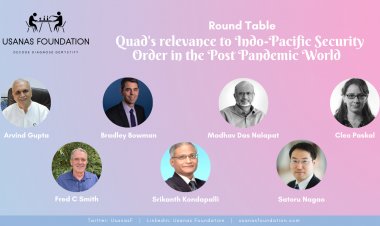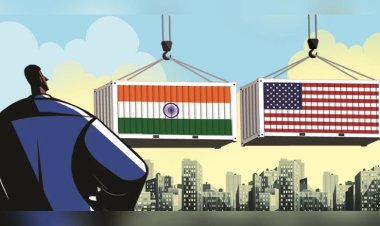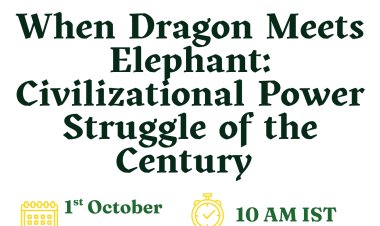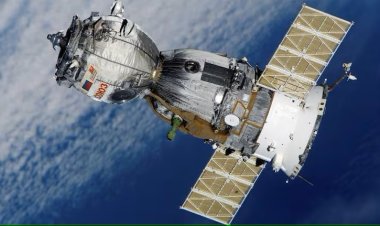An Analysis of the Indo-Sri Lankan Relationship in Wake of the Recent Crisis
The article analyses the relationship between India and Sri Lanka. Currently, Sri Lanka is facing its worst economic crisis. In the wake of the current crisis, we can witness India and China jostling for power in the region. India’s willingness to provide immediate financial assistance has indeed proven to be a crucial lifeline for the island nation and opens up a window for India.
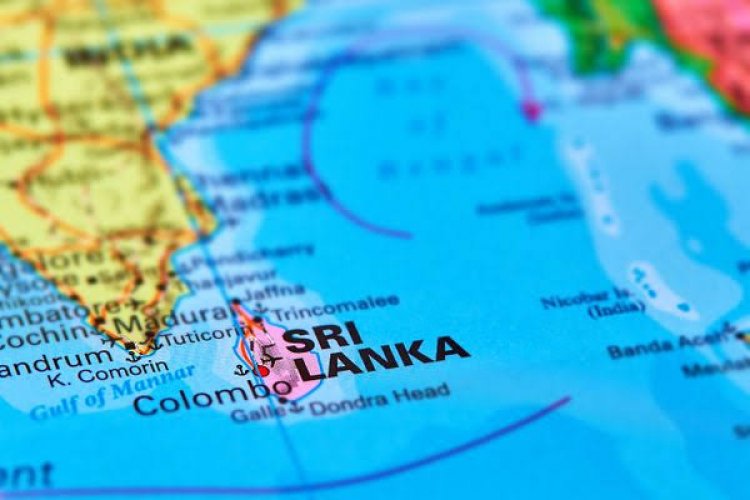
Analysis
By Shweta Dilawari
The relationship between India and Sri Lanka is over 2500 years old, and it has been marked by a legacy of intellectual, commercial, religious, and linguistic interactions. Over the years, as cooperation in the fields of trade and commerce has grown significantly, Sri Lanka remains one of the most important trading partners of India in SAARC. Emphasis on collaborations in areas of defense, education and culture has witnessed an increase as well. Sri Lanka’s location in the Indian Ocean is of strategic importance to India, and it is in India’s best interests to maintain cordial and stable ties with the island state. Throughout the course of history, this has been reflected in the efforts undertaken by India with respect to Sri Lanka. In the decades-long armed conflict between the Sri Lankan government and rebel forces, India supported the right of the Sri Lankan government against the terrorist forces, and also expressed their concern about civilian welfare being endangered in the crossfire between the two. Political relations between the two countries have been marked by frequent exchanges and interactions by both sides. Sri Lanka is also a member of BIMSTEC (Bay of Bengal Initiative for Multi-Sectoral Technical and Economic Cooperation) in which India will now play the role of a “security pillar.”
The increasing presence of China in the island state has raised eyebrows in India. By adopting its infamous policy of lending a helping hand to countries in distress, and then engulfing them in a debt trap to further its own strategic and military interests, China made its way into Sri Lanka. China is the largest lender to Sri Lanka and Sri Lanka is heavily dependent on the credit received by China to address its foreign debt burden. Developments such as leasing of the Hambantota port of Sri Lanka to Chinese control, establishing a Special Economic Zone around the Colombo port city, and a new economic commission, to be funded by China, depict increasing dependence of the nation on China, which is set to pursue its ambitions of global domination. Other South Asian states such as Bangladesh, Maldives, and Nepal have seen to come under the Chinese influence for financing infrastructure projects as well.
The recent visit of the Chinese Foreign Minister, Wang Yi to Sri Lanka, makes for a noteworthy observation. He proposed setting up of a forum for Indian Ocean island nations to promote common development, which is observed as a direct competition to the SAGAR initiative, which is India’s strategic vision in the Indian Ocean. Further, the Chinese foreign minister also stated that “no third party” should interfere in the China – Sri Lankan ties. While he did not explicitly mention India, it was a clear reference to the same. Seeing China making inroads into the Indian Ocean, further advancing its String of Pearl theory, makes the situation rather precarious for India.
Currently, Sri Lanka is experiencing one of the worst economic crisis in decades. Soaring inflation, political instability, violent clashes, major power cuts, and dire economic instability have left the people of Sri Lanka in need of critical and substantial aid to assist them out of this state of misery and chaos. The pandemic took a sharp hit on the country’s economy and the lucrative tourism sector; one of the major pillars of the country’s economy was severely affected. Analysts believe it was the government’s economic mismanagement and the deep tax cuts promised by President Rajapaksa during a 2019 election campaign that exacerbated the situation. The IMF stated that public debt had risen to “unsustainable levels” and foreign exchange reserves were insufficient for near-term debt payments, highlighting the solemnity of the situation. After resisting efforts to seek help from the IMF, Rajapaksa’s administration has finally agreed to do so in the wake of the oil price surge amidst the ongoing Russia-Ukraine conflict. Sri Lanka has sought help from both; India and China as its people struggle to pay for essential imports, skyrocketing fuel prices, dealing with the devaluation of their currency in the global market, and mounting foreign debt. Since Sri Lanka plays a central role in New Delhi’s “neighborhood first” policy, India has extended nearly $3 billion to Sri Lanka since January 2022 in the form of loans, credit lines, and credit swaps in order to stabilize their domestic economy.
As clashes and violence continue to worsen, the resignation of Prime Minister Mahinda Rajapaksa further exposes the political vulnerability that Sri Lanka is currently immersed. With Ranil Wickremesinghe returning as Sri Lanka’s Prime Minister, a better relationship between India and Sri Lanka is envisaged as he lay emphasis on wanting a “closer relationship” with India, and expressed his gratitude to Prime Minister Modi, referring to the economic assistance provided by India to his country. However, what makes the situation rather concerning for India is the emergence of increased signs of brewing economic crisis in its neighboring countries like Nepal and Pakistan. Having experienced the aftermath of Covid-19, the Russia-Ukraine War and domestic economic management, the prospect of a deepening economic crisis in certain South Asian countries can result in growing uncertainty in the region. Thus, because of its geopolitical relevance to India, India is prioritizing the return to normalcy in Sri Lanka, as it is well aware that long-drawn instability in its neighborhood is bound to have an adverse ripple effect on itself. In the wake of the current crisis, we can witness India and China jostling for power in the region. India’s willingness to provide immediate financial assistance has indeed proven to be a crucial lifeline for the island nation and opens up a window for India. Even though this unravels the possibility of India weakening the Chinese sway on the island nation, it would be a miscalculation to assume that because of the extent of assistance provided by India, Sri Lanka has come under India’s influence. Looking into the future, India must continue to maintain its ‘neighborhood first’ policy in order to uphold regional stability and cooperation. It must also channelize the regional groupings such as SAARC, BIMSTEC, and SAGAR to its advantage. In today’s geopolitical climate, preserving their strategic interests in the Indian Ocean and restricting China from making further inroads in Sri Lanka is what will be extremely crucial and deciding for New Delhi.
Disclaimer: This article is author’s individual scholastic contribution and does not necessarily reflect the organization’s viewpoint.

 Shweta Dilawari
Shweta Dilawari 